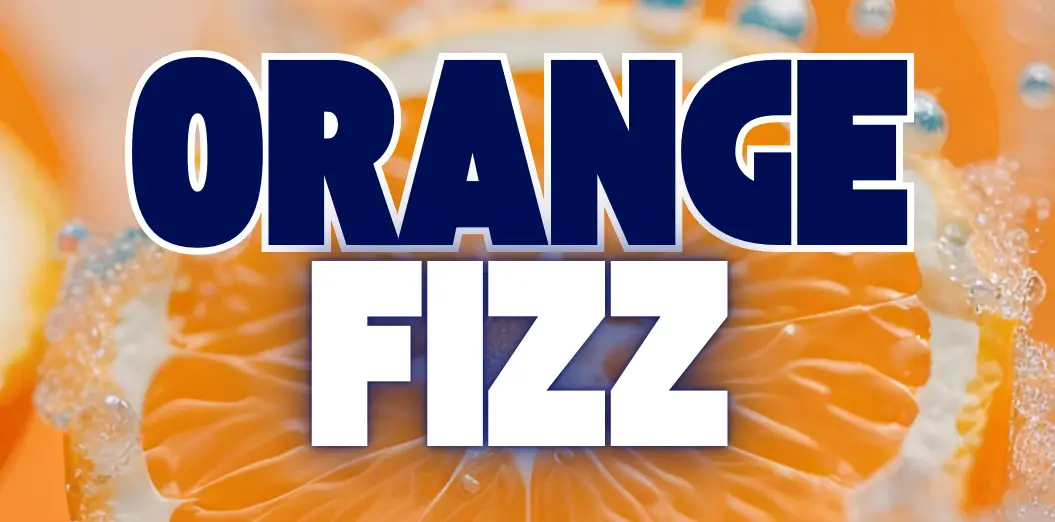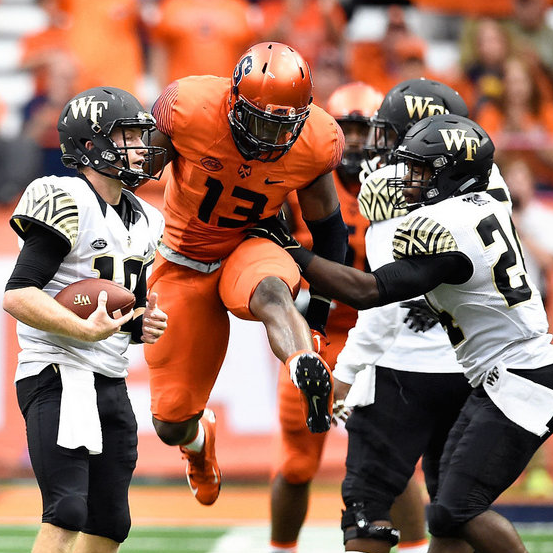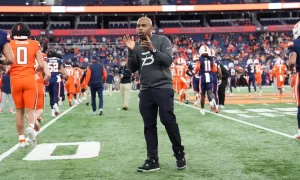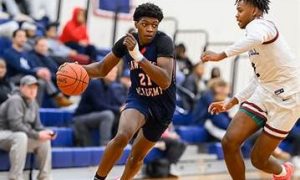Dave Clawson is a man of routine. Wake Forest’s 49-year-old head coach¬†helmed three programs before taking over the Demon Deacons, and each of his teams has followed a similar path: flounder for the first two years under Clawson‚Äôs tutelage, gain respectability and compete for a bowl in his third season, then drastically improve in year four ‚Äî enough to catapult the head honcho to a gig with a higher-profile school.
Entering 2016, Clawson’s third season at Wake Forest, the Demon Deacons were right on schedule. They won three games in each of Clawson’s first two campaigns, and appeared poised to push .500 this year. But then, out of nowhere, Wake Forest won the first four games on its schedule for the first time since 2006, when the team won the ACC Championship and qualified for the Orange Bowl. Last week, the Deacons lost, 33-16, at NC State, but the 4-1 record they carry into Saturday’s tilt against Syracuse is much better than even the most optimistic fans could have expected.
It also vastly overstates how good Wake Forest has been this season — Clawson’s team hasn’t beaten an FBS opponent by double digits, and struggles to move the ball (350 total yards per game, 107th in the country). Vegas sees through the shiny record, too: Wake Forest is favored by just three points against the Orange, which means the sharps think the two teams are relatively even (home field advantage is typically worth three points in a spread).
But there is one area where the Deacons truly do belong among the nation’s elite. Wake Forest is extremely efficient in the red zone, on both sides of the ball.
The Deacons have scored points 15 of the 16 times they’ve crossed the 20-yard-line this season; that 93.75 percent success rate ranks 21st in the nation. Wake Forest is deadly near the end zone (11 of the 15 scores were touchdowns) thanks to a dynamic running game powered by complex blocking schemes and a strong pair of running backs. Freshman Cade Carney appeared to snatch the starting role when he torched Duke for 107 yards and 3 touchdowns in Week 2, but hasn’t played since after going down with a knee injury in practice. Carney could be ready to play against SU, but even if he isn’t, sophomore Matt Colburn is more than capable of carrying the mail.
The Orange is fortunate that Kendall Hinton, Wake’s usual starting quarterback, is still sidelined  with a sprained ligament in his knee. Hinton’s greatest strength is Syracuse’s greatest weakness — the sophomore is a dynamic, dual-threat signal-caller. Hinton’s replacement, John Wolford, is by no means a statue, but he’s nowhere near as dangerous as the starter. With either quarterback, the Demon Deacons pound opponents with the read-option, a play that has gashed SU repeatedly this season. When the black-and-gold enter the red zone, Syracuse will struggle to protect the goal line.
On the opposite side of the field, Wake Forest is even better. Its opponents have scored on just 64.7 percent of their red zone possessions, the ninth-best rate in the country. That stinginess around the paint is the main reason why Wake is one of 30 FBS teams allowing less than 20 points per game.
The Orange might need to hit on a couple big plays (paging Dr. Amba) in order to put points on the board, and the SU defense certainly needs to bear down in the red zone. If those things happen, Syracuse has a great chance of walking out of Winston-Salem with a win.






















